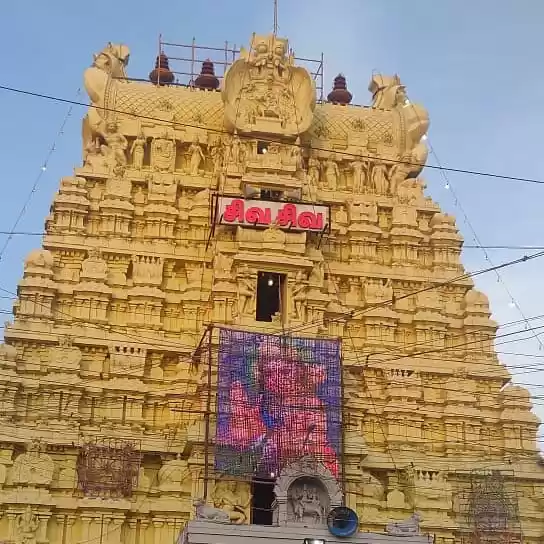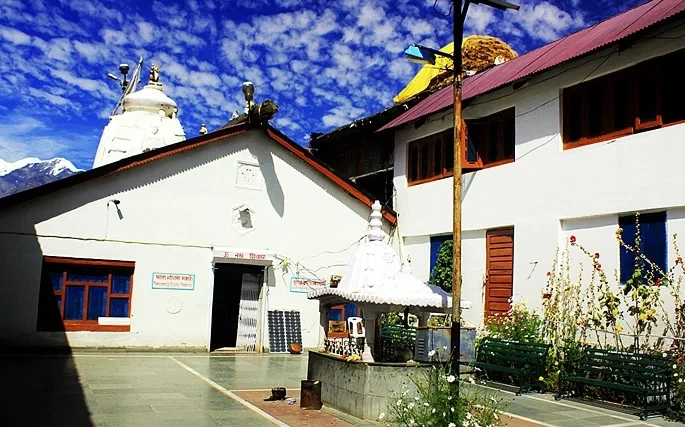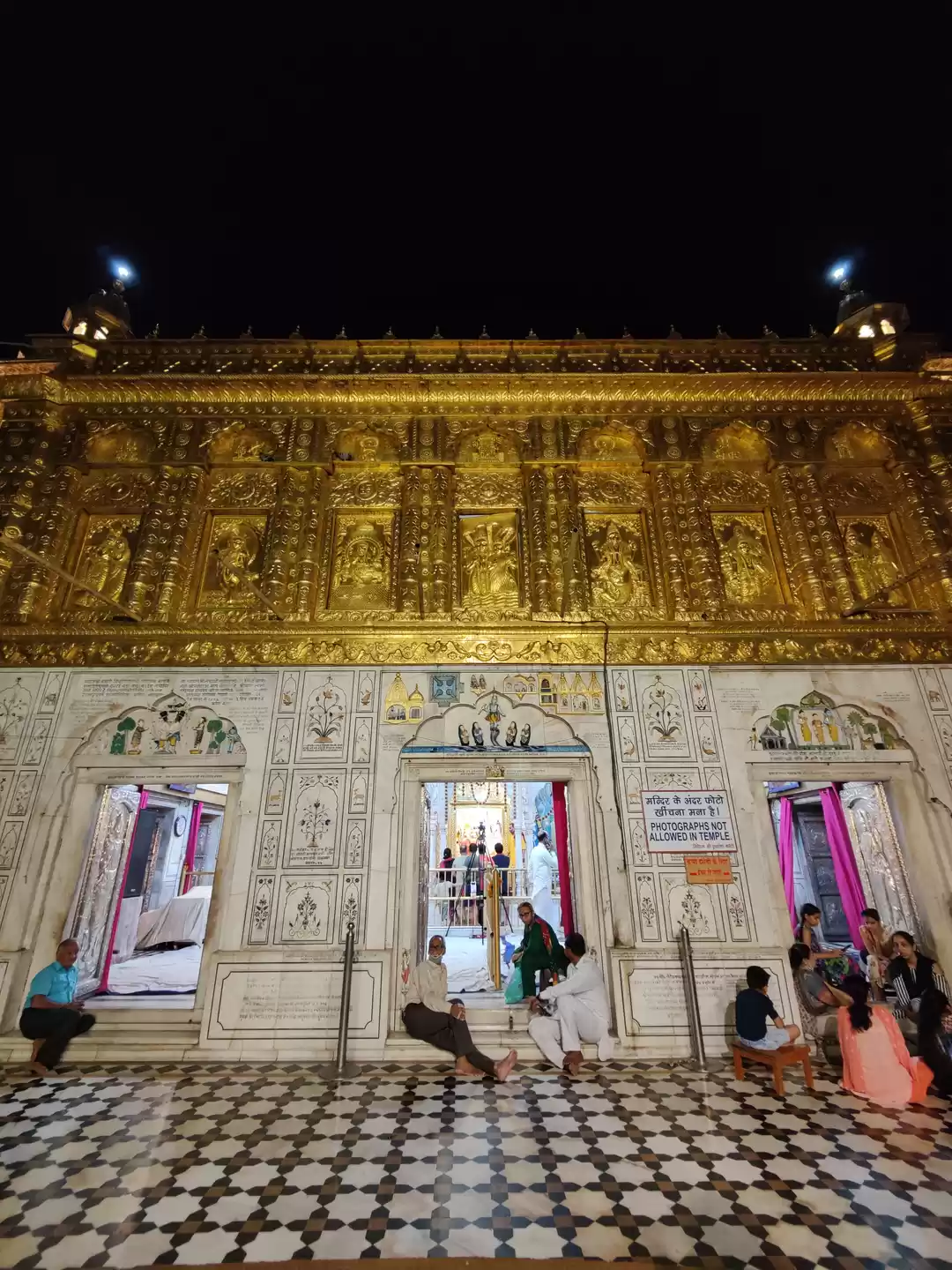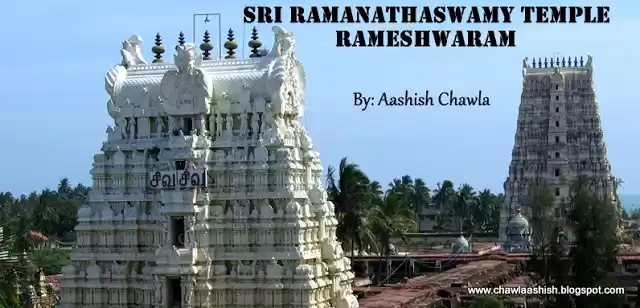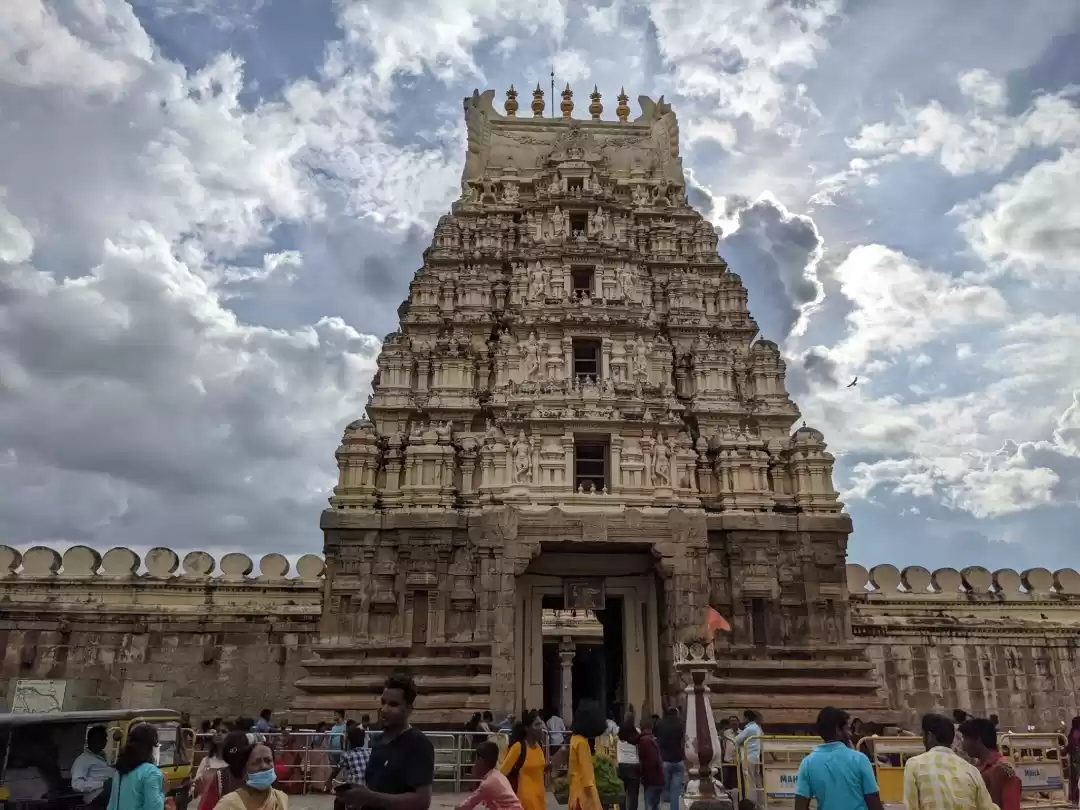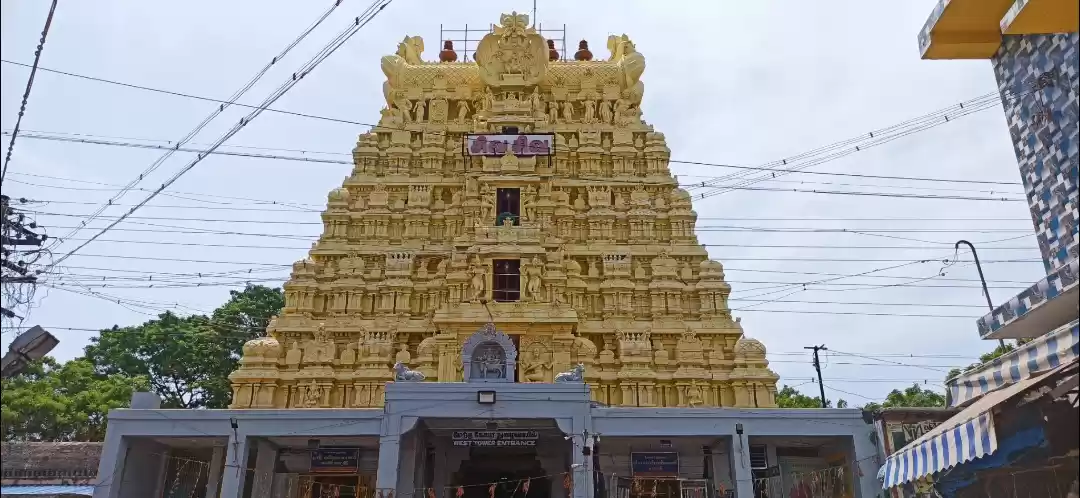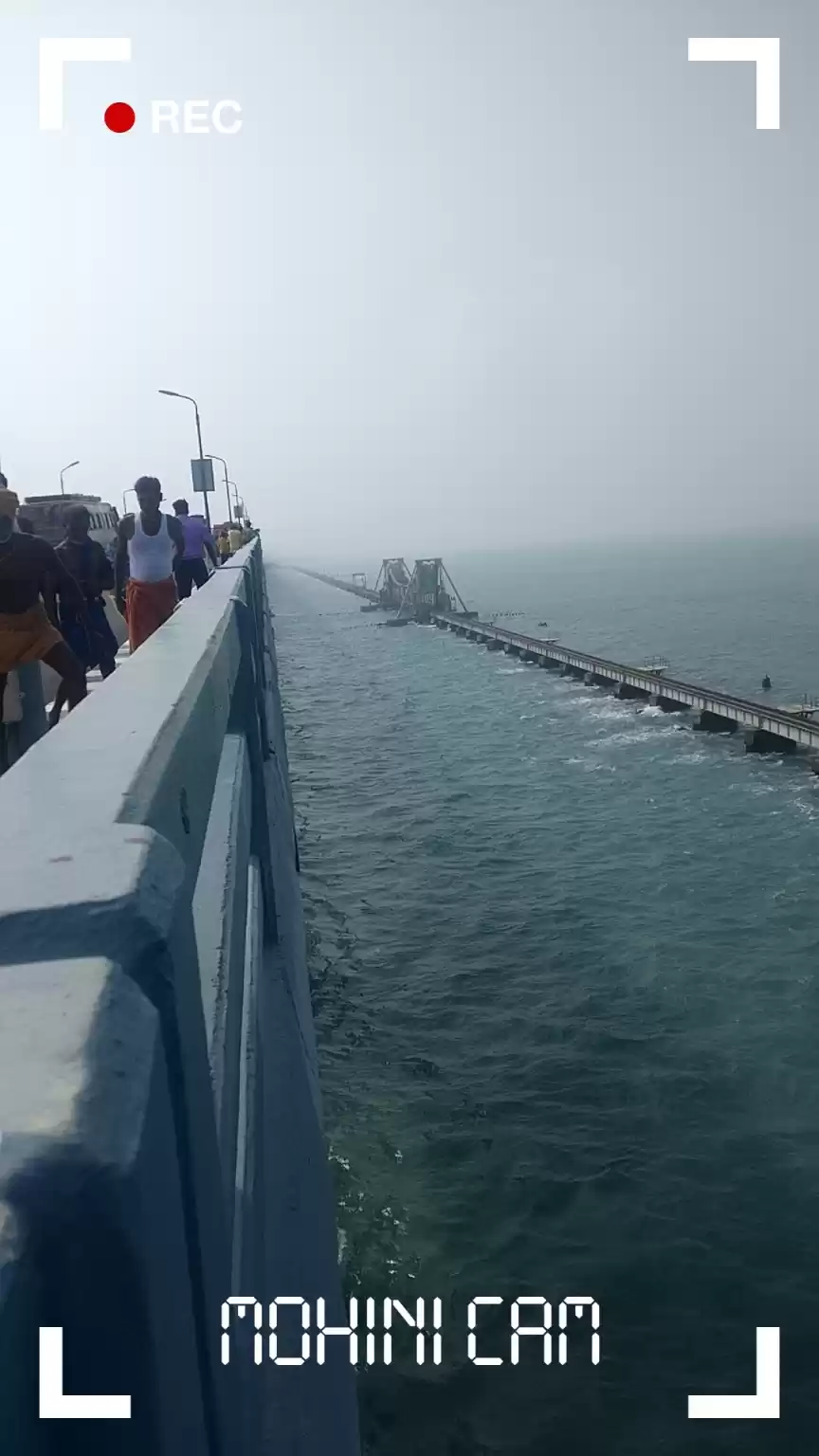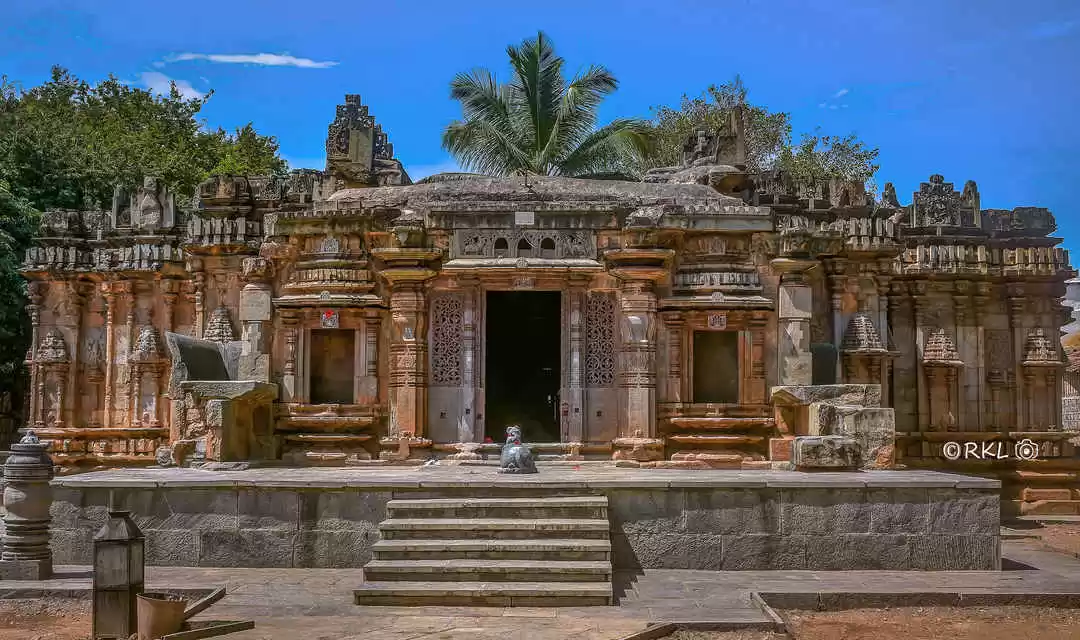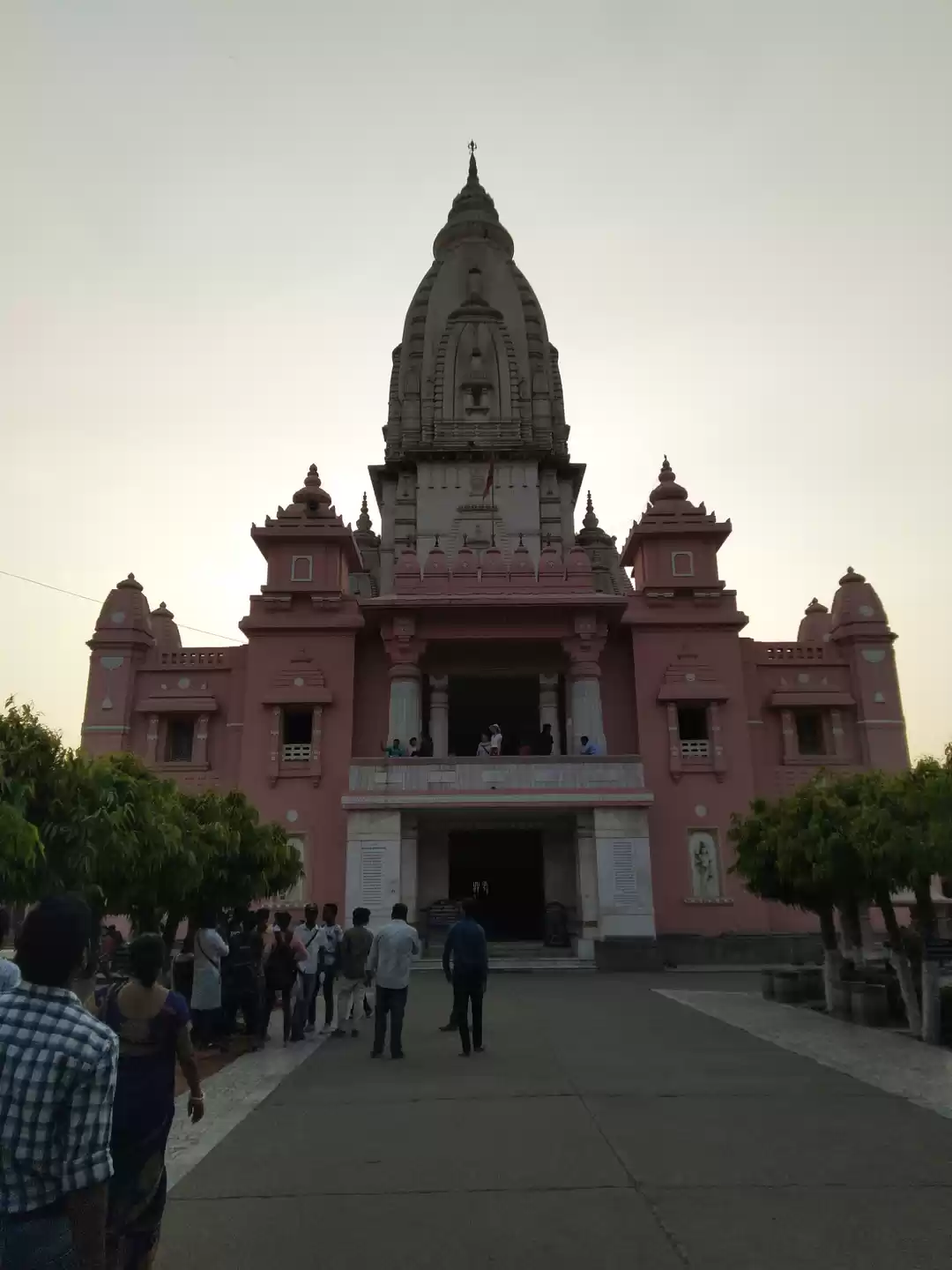Are you looking for a spiritual and cultural getaway in India? Do you want to visit one of the most sacred and spectacular temples in the world? If yes, then you should definitely plan a trip to the Rameshwaram temple, also known as the Sri Ramanathaswamy temple. This temple is not only one of the 12 Jyotirlinga temples in India, but also one of the four Char Dham pilgrimage sites. It is a place where you can witness the glorious history, mythology, and architecture of Hinduism, as well as enjoy the scenic beauty and adventure of Rameshwaram island. In this article, we will tell you everything you need to know about the Rameshwaram temple, such as its history, significance, features, rituals, festivals, and things to do in and around it. We will also give you some tips and advice on how to plan and book your trip to this divine destination. So, let’s get started!

Temple History and Mythology
The Rameshwaram temple has a rich and fascinating history and mythology that dates back to the ancient times. According to the Ramayana, the epic poem that narrates the life and adventures of Lord Rama, the temple was built by Lord Rama himself. Lord Rama, along with his wife Sita and his brother Lakshmana, came to Rameshwaram after defeating the demon king Ravana in Lanka. Here, he wanted to worship Lord Shiva and seek his blessings for killing Ravana, who was a devotee of Lord Shiva. To do so, he asked his loyal devotee Hanuman to bring a lingam (a symbol of Lord Shiva) from the Himalayas. However, Hanuman took a long time to return, and the auspicious time for the worship was about to end. Therefore, Sita made a lingam out of sand and Lord Rama installed it at the temple site. This lingam is known as the Ramalingam, and it is the main deity of the temple. When Hanuman returned with another lingam, Lord Rama installed it next to the Ramalingam, and this lingam is known as the Vishwalingam. Lord Rama also instructed that the Vishwalingam should be worshipped first, as a mark of respect to Hanuman.
The temple was later expanded and renovated by various rulers over the centuries, such as the Pandya, Chola, and Nayaka dynasties. The temple also gained prominence as one of the four Char Dham pilgrimage sites in India, along with Badrinath, Dwarka, and Puri. The Char Dham pilgrimage is considered to be the most sacred and auspicious journey for Hindus, as it is believed to grant salvation and liberation from the cycle of birth and death.
Temple Architecture and Features
The Rameshwaram temple is a marvel of architecture and engineering, as it showcases the finest examples of Dravidian style and craftsmanship. The temple covers an area of about 15 acres, and it is surrounded by massive walls that measure 865 feet in length and 657 feet in width. The temple has four entrances, each marked by a towering gopuram (gateway tower) that rises to a height of about 150 feet. The gopurams are adorned with intricate carvings and sculptures of various gods, goddesses, and mythical creatures.
The most remarkable feature of the temple is its long corridors, which are the longest in the world. The temple has three sets of corridors: the outer, the inner, and the third. The outer corridor is about 6.9 meters in height and 400 feet in width, and it runs along the perimeter of the temple. The inner corridor is about 3.6 meters in height and 640 feet in width, and it encloses the main shrines of the temple. The third corridor is about 3 meters in height and 197 feet in width, and it connects the inner and the outer corridors. The corridors have a total of 1212 pillars, each made of granite and carved with exquisite designs. The pillars are arranged in such a way that they create an optical illusion of infinite rows.
Another unique feature of the temple is its 22 theerthams or natural springs that are believed to have healing powers. The theerthams are located within the temple premises, and they are named after various episodes and characters from the Ramayana. For example, the Rama theertham is where Lord Rama bathed before worshipping Lord Shiva, and the Lakshmana theertham is where Lakshmana bathed. The most sacred of the theerthams is the Agnitheertham, which is located in the sea, about 100 meters from the temple. It is believed that Lord Rama performed the Agni Pariksha (fire test) here, to prove the purity of Sita after rescuing her from Ravana. Pilgrims who visit the temple take a dip in the theerthams, as it is said to wash away their sins and ailments.
The temple has several shrines and deities, but the main ones are the Ramanathaswamy and Parvathavardhini shrines, which house the Ramalingam and the Vishwalingam respectively. The Ramalingam is the lingam made by Sita, and it is worshipped as the manifestation of Lord Shiva. The Vishwalingam is the lingam brought by Hanuman, and it is worshipped as the representation of the universe. The two lingams are placed side by side in a sanctum sanctorum, and they are covered with gold and silver. The temple also has other shrines dedicated to Lord Vishnu, Lord Ganesha, Goddess Parvati, Goddess Lakshmi, and Lord Nataraja, among others.
Temple Rituals and Festivals
The Rameshwaram temple is a hub of religious and spiritual activities, as it follows a strict and elaborate schedule of rituals and festivals throughout the year. The temple opens at 5:00 am and closes at 9:00 pm, with breaks in between for the maintenance and cleaning of the temple. The temple performs 22 abhishekams (ritual bathing) and 21 poojas (ritual offerings) every day, with different timings and prices. The most important and popular abhishekam is the Spatika Linga Abhishekam, which is performed on the Ramalingam with water, milk, honey, sandalwood paste, and other materials. The most important and popular pooja is the Palliyarai Pooja, which is performed at night, before the temple closes. The pooja involves the procession of the idols of Lord Rama, Sita, Lakshmana, and Hanuman from the main shrine to the resting chamber, accompanied by music and chants.
The temple also celebrates several festivals throughout the year, with great pomp and fervor. The most important and grand festival is the Maha Shivaratri, which falls in the month of February or March. It is the day when Lord Shiva is believed to have manifested as a Jyotirlinga, and it is also the anniversary of the installation of the Ramalingam by Lord Rama. The festival lasts for 10 days, and it involves the special abhishekams and poojas of the Ramalingam and the Vishwalingam, the procession of the idols of Lord Shiva and Goddess Parvati on a silver chariot, and the cultural and musical programs by various artists and devotees. Another important and grand festival is the Ram Navami, which falls in the month of March or April. It is the day when Lord Rama is believed to have been born, and it is also the anniversary of the worship of Lord Shiva by Lord Rama. The festival lasts for nine days, and it involves the special abhishekams and poojas of the Ramalingam and the Vishwalingam, the recitation of the Ramayana, and the distribution of prasad (sacred food) to the pilgrims. Other important and grand festivals are the Thirukalyanam, which falls in the month of July or August, and it is the day when Lord Shiva and Goddess Parvati are believed to have been married, and the Navaratri, which falls in the month of September or October, and it is the day when Goddess Durga is worshipped as the supreme power.

Things to Do in and Around Rameshwaram
The Rameshwaram temple is not only a place of worship, but also a place of wonder and adventure. There are many things to do in and around Rameshwaram, that can make your trip more enjoyable and memorable. Here are some of the top things to do in Rameshwaram:
Visit the Dhanushkodi Temple and Beach: Dhanushkodi is a small town that lies at the tip of the Rameshwaram island, where the Bay of Bengal and the Indian Ocean meet. It is also the place where Lord Rama built a bridge of rocks and arrows to cross over to Lanka. The town was destroyed by a cyclone in 1964, and it is now a ghost town with only a few fishermen and pilgrims living there. The town has a temple dedicated to Lord Rama, which is believed to be the place where he performed the Agni Pariksha. The town also has a beautiful beach, which offers a stunning view of the sunrise and sunset. You can visit the town by taking a jeep or a bus from Rameshwaram, or by hiring a cab from Tripoto.
Visit the Kalam House Museum: The Kalam House Museum is a tribute to the late Dr. A.P.J. Abdul Kalam, the former President of India and the Missile Man of India. Dr. Kalam was born and raised in Rameshwaram, and his ancestral house has been converted into a museum that showcases his life and achievements. The museum has a collection of photographs, awards, books, and memorabilia that depict his journey from a humble boatman’s son to a renowned scientist and leader. You can also see his personal belongings, such as his clothes, shoes, and glasses. The museum is open from 10:00 am to 5:00 pm, and the entry fee is Rs. 10 per person.
Visit the Kite Surfing Beach: If you are looking for some adventure and thrill, you can try kite surfing at the Kite Surfing Beach in Rameshwaram. Kite surfing is a water sport that involves riding a board while being pulled by a kite. The beach has a shallow and flat water surface, which makes it ideal for beginners and experts alike. You can also enjoy the scenic beauty and the breeze of the sea, while flying high in the air. You can book a kite surfing session from Tripoto, which includes the equipment, the instructor, and the safety measures. The session lasts for about 2 hours, and the price ranges from Rs. 3000 to Rs. 5000 per person.
Visit the Bird Watching Spots: Rameshwaram is also a paradise for bird lovers, as it has several spots where you can observe and admire various species of birds. Some of the best spots are the Kunthukal Beach, the Ariyaman Beach, and the Pamban Bridge. The Kunthukal Beach is a sandy beach that attracts migratory birds such as flamingos, pelicans, and spoonbills. The Ariyaman Beach is a rocky beach that hosts resident birds such as herons, egrets, and kingfishers. The Pamban Bridge is a railway bridge that connects Rameshwaram to the mainland, and it offers a panoramic view of the sea and the sky, where you can spot birds such as gulls, terns, and eagles. You can visit these spots by hiring a cab from Tripoto, or by taking a local bus or auto rickshaw.
Visit the Nearby Places: Rameshwaram is also a great base to explore some of the nearby places that have their own charm and significance. Some of the places that you can visit are:
Madurai: Madurai is one of the oldest and most culturally rich cities in India, and it is famous for its Meenakshi Amman Temple, which is a masterpiece of Dravidian architecture and art. The temple has a complex of 14 gopurams, each adorned with thousands of colorful and intricate sculptures. The temple also has a hall of 1000 pillars, a golden lotus pond, and a museum. Madurai is also known for its cuisine, shopping, and festivals, such as the Chithirai Festival, which celebrates the celestial wedding of Lord Shiva and Goddess Parvati. You can reach Madurai from Rameshwaram by taking a train, a bus, or a cab, and the distance is about 170 km.
Kanyakumari: Kanyakumari is the southernmost tip of India, and it is a place where you can witness the confluence of the Arabian Sea, the Bay of Bengal, and the Indian Ocean. It is also a place where you can see the sunrise and the sunset on the same day, from the same spot. Kanyakumari has several attractions, such as the Vivekananda Rock Memorial, which is a monument dedicated to the great philosopher and spiritual leader Swami Vivekananda, who meditated here in 1892. The memorial also has a statue of the Goddess Kumari, who is the presiding deity of the town. Another attraction is the Thiruvalluvar Statue, which is a 133-feet tall statue of the ancient Tamil poet and philosopher Thiruvalluvar, who wrote the Thirukkural, a classic work of ethics and morality. Kanyakumari also has a temple dedicated to the Goddess Kumari, a wax museum, and a beach. You can reach Kanyakumari from Rameshwaram by taking a train, a bus, or a cab, and the distance is about 300 km.
Thanjavur: Thanjavur is a city that was once the capital of the Chola dynasty, one of the most powerful and influential empires in Indian history. The city is a treasure trove of art, culture, and heritage, and it is home to the Brihadeeswarar Temple, which is one of the largest and finest temples in India. The temple is a UNESCO World Heritage Site, and it is dedicated to Lord Shiva. The temple has a massive gopuram that measures 216 feet in height, and a huge Nandi (bull) statue that weighs 25 tons. The temple also has a granite dome that weighs 80 tons, and it is said to have been placed on top of the gopuram by using a ramp. The temple also has a gallery of paintings, sculptures, and inscriptions that depict the history and glory of the Chola dynasty. Thanjavur is also known for its Tanjore paintings, which are a unique style of painting that use gold foil, gems, and bright colors. Thanjavur is also known for its music, dance, and literature, as it was the center of the Carnatic music and the Bharatanatyam dance forms. You can reach Thanjavur from Rameshwaram by taking a train, a bus, or a cab, and the distance is about 260 km.
Conclusion
The Rameshwaram temple is a divine destination for pilgrims and tourists alike, as it offers a blend of spirituality, culture, and adventure. It is a place where you can experience the ancient and the modern, the sacred and the scenic, and the serene and the thrilling. It is a place where you can connect with your inner self, and with the supreme power. It is a place where you can create memories that will last a lifetime.
So, what are you waiting for? Book your trip to the Rameshwaram temple today, and get ready for an unforgettable journey.

































